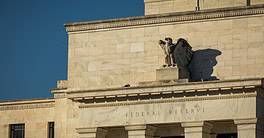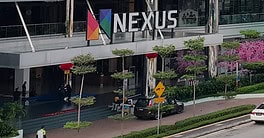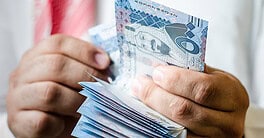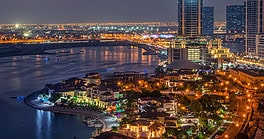Brazil’s old problems require new solutions from the returning president.
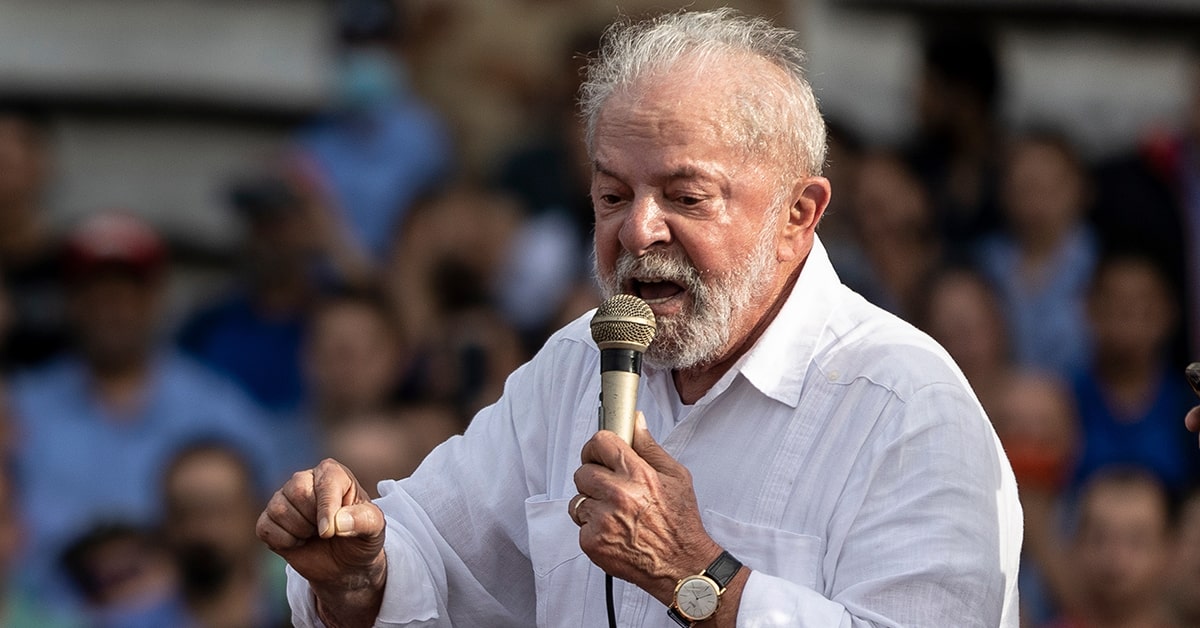
As Luiz Inácio Lula da Silva assumed the presidency of Brazil for his third term, after 12 years out of office since his second, something felt different.
It wasn’t his famous populist rhetoric, remarkably untouched in the face of his advanced age. Nor was it the promise that the Brazilian government would increase social spending, drastically reduced during the last seven years of austere economic policies.
What felt different this time around was, in fact, the very country Lula was about to run.
The Brazilian economy has profoundly changed since this president stepped out of office at the end of his second term in 2010. Now, the 77-year-old politician must confront the harsh reality that old problems will likely require new economic solutions.
“As much as Lula’s rhetoric has not changed, the objective conditions of the economy—and the world—have,” says Reginaldo Nogueira, director of the Brazilian Institute of Capital Markets (Ibmec) San Paolo. “Insisting on the previous model will not mean success again.”
Brazilian debt grew from 50% of the country’s GDP in 2011 to a peak of nearly 90% in 2022, according to data from the Brazilian Treasury, before falling back slightly. During that same period, the Brazilian flagship currency, the real, lost nearly 70% of its value to the dollar.
To be sure, there are new bright spots in today’s conditions. Brazil’s exports grew from a total of a little over $200 billion in 2010 to about $335 billion in 2022, a roughly 66% gain in dollars and a 400% jump in local currency—incredible considering the devaluation of the real during that period.
Yet macroeconomic storm clouds threaten the conditions that made such success possible. Global investors are wary, and rising interest rates are dampening the enthusiasm of global markets. “With a manageable debt situation compared to the present day, [Lula’s prior] administration was able to increase public spending,” explains Nogueira. Unfortunately, he adds, “the investment-grade rating achieved during the Lula administration was lost during [Dilma Rousseff’s 2011-2016] government, and regaining it seems far off at this point. Additionally, the debt burden of the general population has also risen.”
Public-Spending Cap
This plethora of challenges has the market on its toes with the choice of Fernando Haddad as Brazil’s minister of finance. While Haddad has a master’s degree in economics, he is widely seen as a political rather than technical choice.
Once in his new role, Haddad proposed to raise the public-spending cap, allowing the government to revive some social welfare programs from Lula’s first administration via higher government spending.
While that may bring much-needed short-term relief for the country’s low-income families in a time of crisis, economists view the move as a headwind to the country’s economic growth in the long run.
The public-spending cap, introduced in 2016 during the presidency of Michel Temer, restricts the increase of government expenses to the inflation rate of the previous year. Since introduced, it has helped stabilize the country’s debt rate, preventing further currency devaluation. However, during the pandemic, it was once again blown off, leaving the current situation even more restrained.
As Mansueto Almeida, chief economist at BTG Pactual explains, higher fiscal risks will likely prevent the country’s central bank from lowering interest rates—an act that would be seen as a cornerstone of domestic growth—anytime soon.
“The market remains uncertain about the fiscal adjustment plan for the next four years, particularly with regard to the implementation of a new fiscal rule to curb the growth of public debt by the end of the current administration,” Almeida says. “The lack of clarity in this agenda is why the yield curve still reflects a high premium on interest rates.”
Both Almeida and Nogueira have hopes for the long-term benefits of austerity, which will “naturally lead to a robust domestic market” says Almeida, by enabling lower interest rates and stimulating investment.
“The crucial factor is the need for a unified and decisive governmental stance toward fiscal responsibility, which currently appears to be lacking, resulting in market skepticism toward the government,” Nogueira says.
Food Commodities
The other part of Brazil’s economic puzzle is the growth of its commodities exports, which proved essential to the country’s post-pandemic economic rebound. In his victory speech in October, a triumphant Lula said that under his leadership, Brazil would no longer be “interested in trade agreements that condemn our country to the eternal role of exporter of commodities and raw materials,” implying he would seek economic growth by overhauling the country’s domestic market and focusing on industrialization.
Brazil is the one of the largest food producers in the world, surpassing the US in 2018 as the leading global beef exporter while remaining the greatest exporter of coffee and soybeans. Currently, commodities make up nearly 80% of the country’s exports.
After a dismal 2020 and a difficult 2021, the country managed to stage a better-than-expected rebound in 2022, with many of its leading economic indicators exceeding market expectations on the back of growing global reliance on the region’s food exports due to the war in Ukraine—one of the world’s breadbasket regions—and relatively prompt action against inflation by the central bank.
The country also saw a rapid expansion of its arable area during President Bolsonaro’s administration due to government incentives to agricultural producers, weakening environmental regulation and deforestation in the Amazon region, which, in turn, led to increased domestic and international concern over environmental degradation.
While arable land expansion should remain stable under Lula, environmental regulation is expected to expand. The newly elected president has placed the topic at the forefront of his economic policy. This may well prove a draw rather than a barrier to attracting new investment.
“The most significant change under the current government is its approach to environmental issues,” says BTG’s Almeida. “The new administration has unambiguously demonstrated its dedication to the matter, which has become a priority for the world’s leading investors.”
2023 Projections
As the world braces for slower economic activity and lower commodity prices in 2023, Ibmec’s Nogueira offers a cloudy outlook, particularly due to the growing debt. “2023 will be extremely challenging for Brazil. The public deficit is expected to increase, as is the pressure on public debt,” he comments. “And the international scenario should bring its own difficulties, with Brazil’s main trade partners having lower growth rates.”
Still, Brazil could fare better than its peers, with the support of its thriving food production chain, argues Almeida. “A global recession would affect all nations … however, Brazil may see some relief due to the end of China’s zero-Covid policy, which could lead to an increase in commodity prices and boost Brazilian exports,” he says. “Increasing exports should help Brazil’s GDP growth and put the country on its track to further fiscal responsibility.”
Lula and his entourage will need to be especially creative against the backdrop of a challenging year for the global economy. The world is watching closely.
